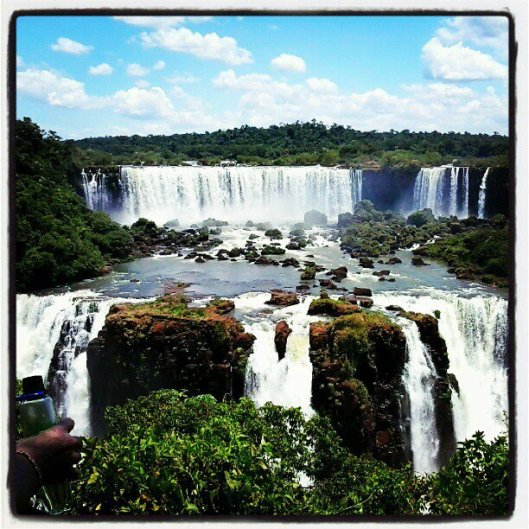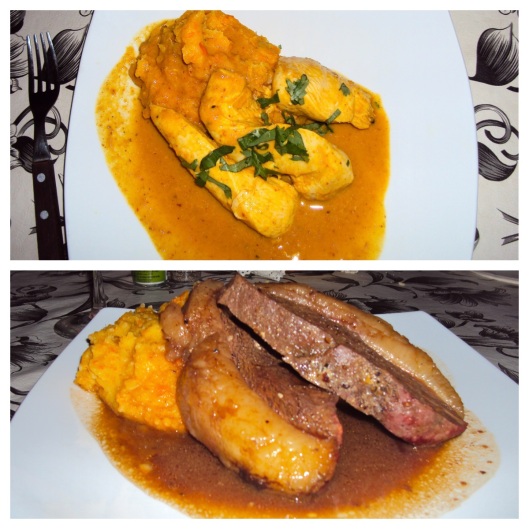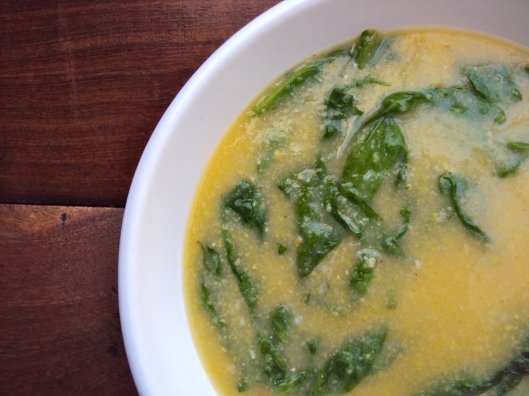Tags
bistec a lo pobre, cancha, chaufa, cocktails, corn, food, fried rice, islas ballestas, nazca lines, peru, pisco, pisco sours, punta hermosa, restaurants, steak and eggs
To the beach!
After leaving Arequipa, we made a brief stop in Nazca to check out the mysterious Nazca lines, ancient geoglyphs depicting more than 70 animals and believed to have been created by the Nazca culture between 400 and 650 AD. My fear of heights and tiny propeller planes prevented us from doing a flyover, but we settled for climbing a lookout tower to scope out some of the sand drawings.
Because we’re not going to make it to the Galapagos, we decided instead to tour the Islas Ballestas in Paracas, affectionately referred to as the “poor man’s Galapagos”. In addition to the ginormous candelabro sand drawing, we got to see huge colonies of sea lions, adorable Humboldt penguins, and more birds than should be able to fit on one rock.
Then on to Pisco, the home of the Perú’s world-famous national drink, the pisco sour. Pisco is a grape brandy native to Perú and Chile, best complemented by the tartness of lime juice. To make a Peruvian Pisco Sour, mix 3 ounces of pisco, an ounce of simple syrup or a Tablespoon of sugar, the juice from 2 – 3 limes, a few cubes of ice, and an egg white in a blender. Top the frothy mixture with a few dashes of Angostura bitters and enjoy.
As we learned when sitting down to drinks or a meal, many Peruvian restaurants serve cancha to nibble on, as bars in the USA may serve peanuts. Cancha is toasted corn kernels, served golden brown and crunchy topped with plenty of salt. I couldn’t stop marveling at the size of corn kernels in Perú, and I have yet to find a satisfactory answer for how they get so huge.
When we weren’t at the hostel grilling up fresh-caught bonito, a delicious firm-textured fish in the same family as tuna, we were all about the comfort food. Meal highlights from our stay in surf mecca Punta Hermosa include a delicious chaufa de pollo, one of the many delicious Peruvian takes on Chinese fried rice.
One more than one occasion we also devoured bistec a lo pobre, one of our favorite South American dishes consisting of a super flavorful thin-pounded steak and a runny fried egg served over crispy fries. As a bonus, this version included some sizzling salchichas.
I think it’s safe to say my commitment to healthy eating on this trip has gone right out the window. Sorry I’m not sorry.









































